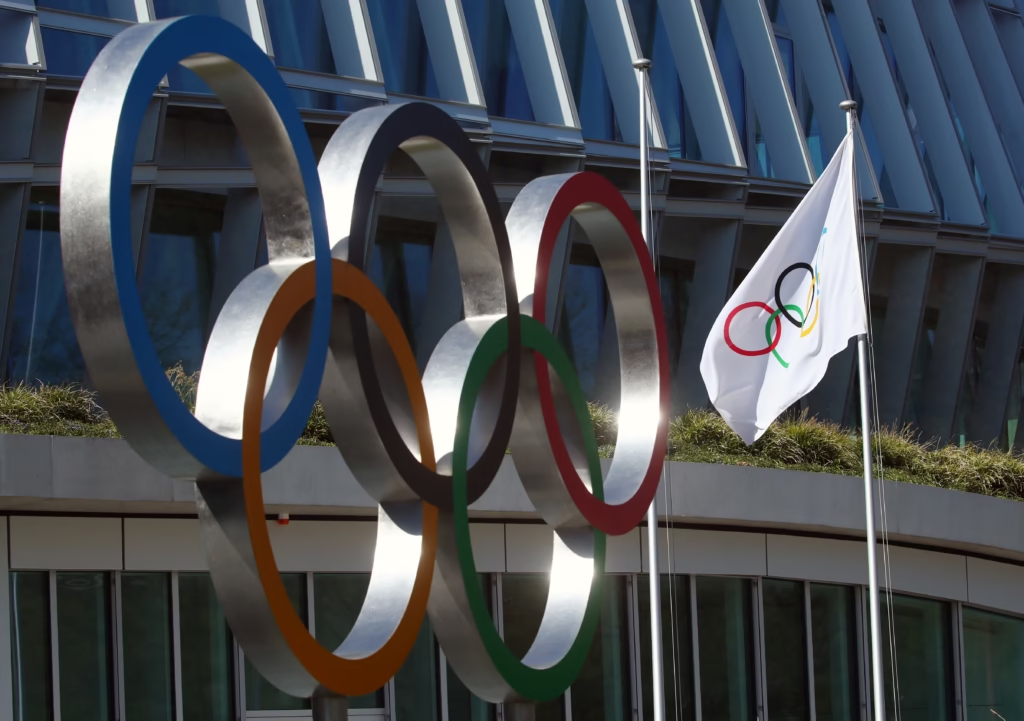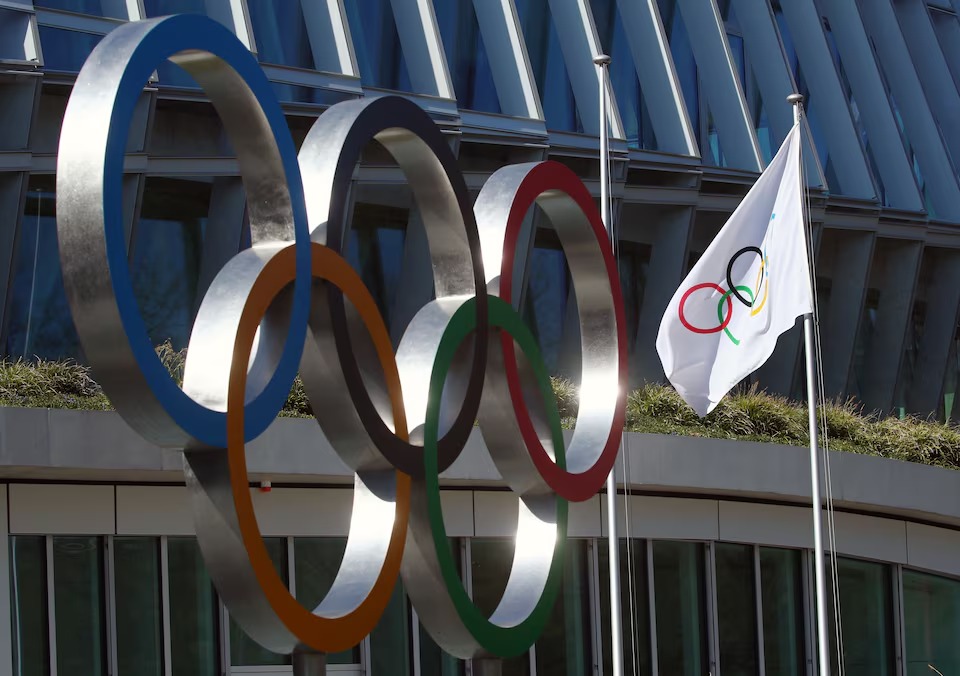
The long-awaited Museum of the Bamoun Kings has finally opened its doors in Foumban, Cameroon, marking a significant moment for the country and a celebration of one of sub-Saharan Africa’s oldest kingdoms.
The museum’s striking design reflects the Bamoun coat of arms, featuring a giant two-headed serpent at the entrance and a spider motif dominating the rooftop. This architectural choice underscores the importance of the Bamoun people’s history and traditions.
Thousands gathered for the opening ceremony, including the Bamoun royal family in traditional attire, dignitaries, and excited Cameroonians. The event featured music, dance performances, and a celebratory atmosphere.
The museum itself boasts an impressive collection of 12,500 artifacts, offering a glimpse into the Bamoun people’s rich culture and ingenuity. From weapons and musical instruments to agricultural tools and intricate artwork, the exhibits showcase centuries of creativity and technological innovation.
A particular highlight is a section dedicated to King Ibrahim Njoya, who reigned from 1889 to 1933. This section displays his manuscripts, a corn-grinding machine he invented, and explores his creation of the Bamoune Script, a writing system with over 500 syllabic signs.
For the Bamoun people, the museum represents not just a historical archive, but a source of immense pride. It celebrates their unique heritage and resilience in the face of external influences. As Sultan King Mouhammad Njoya, King Ibrahim Njoya’s great-grandson, stated, the museum serves as a way to “be proud of our past in order to build the future” and demonstrates that Africa possesses a rich intellectual history.
The opening of the museum comes at a time of renewed appreciation for the Bamoun culture. Earlier this year, UNESCO recognized the Nguon, a set of Bamoun rituals celebrated in a popular annual festival, as part of humanity’s Intangible Cultural Heritage.




